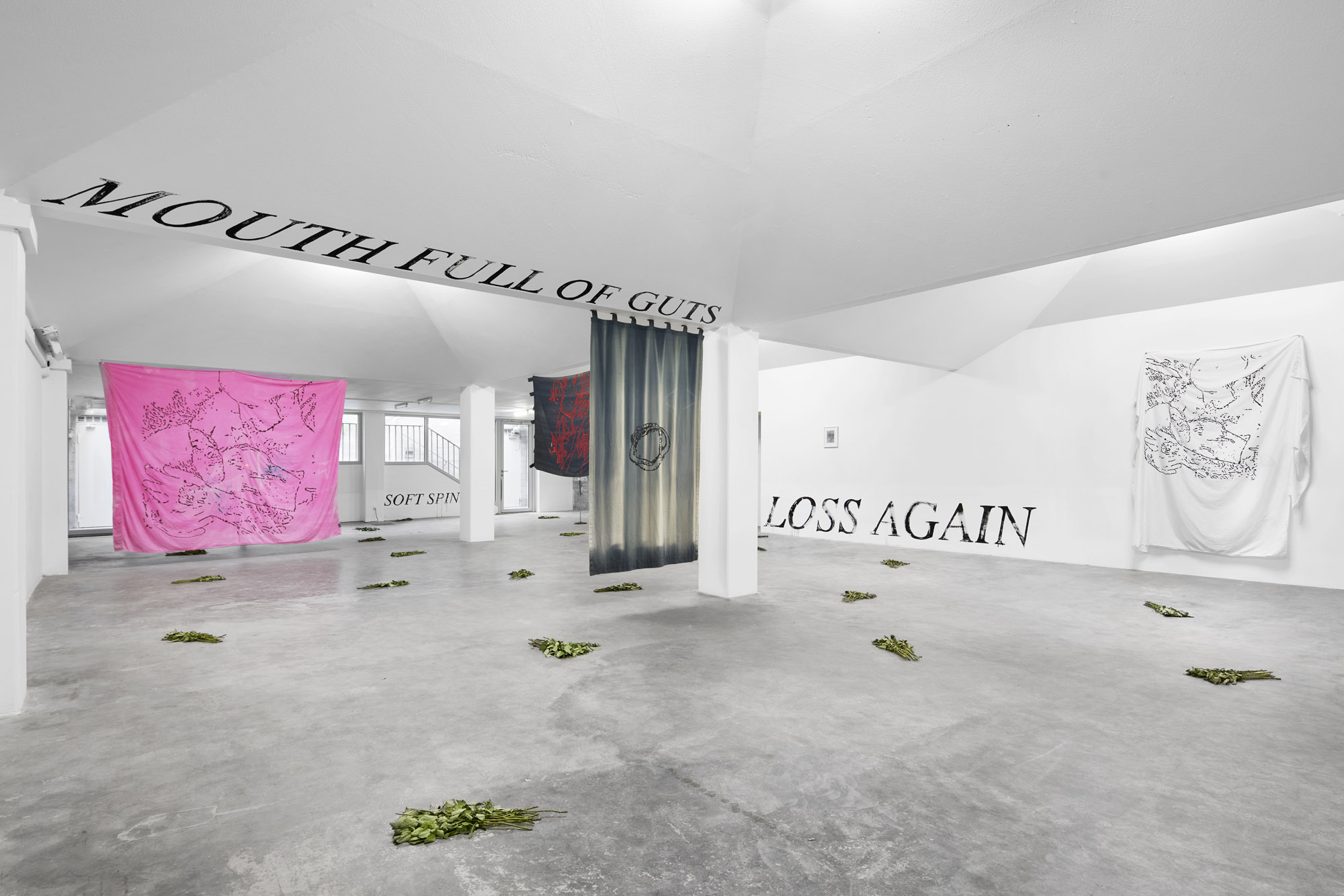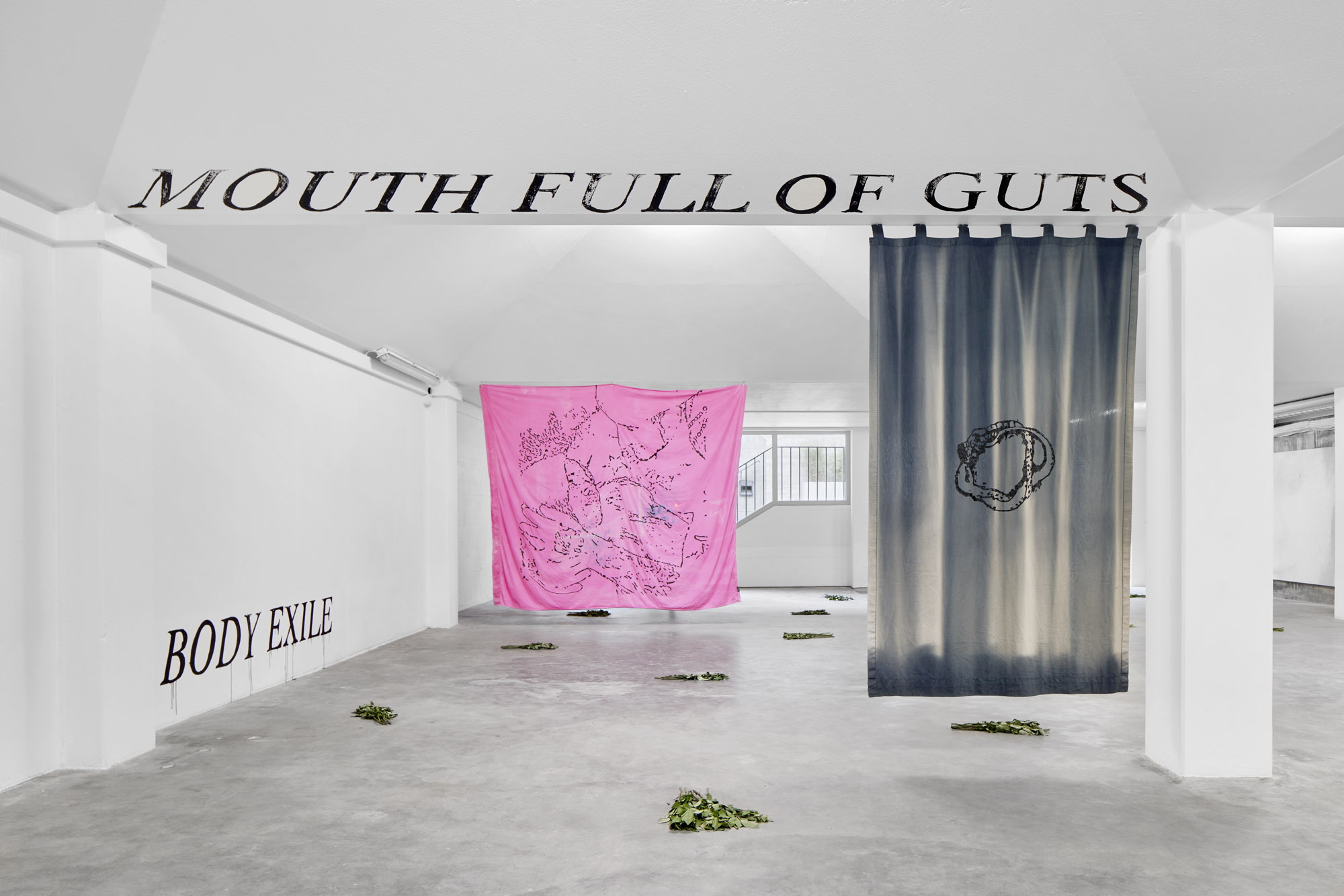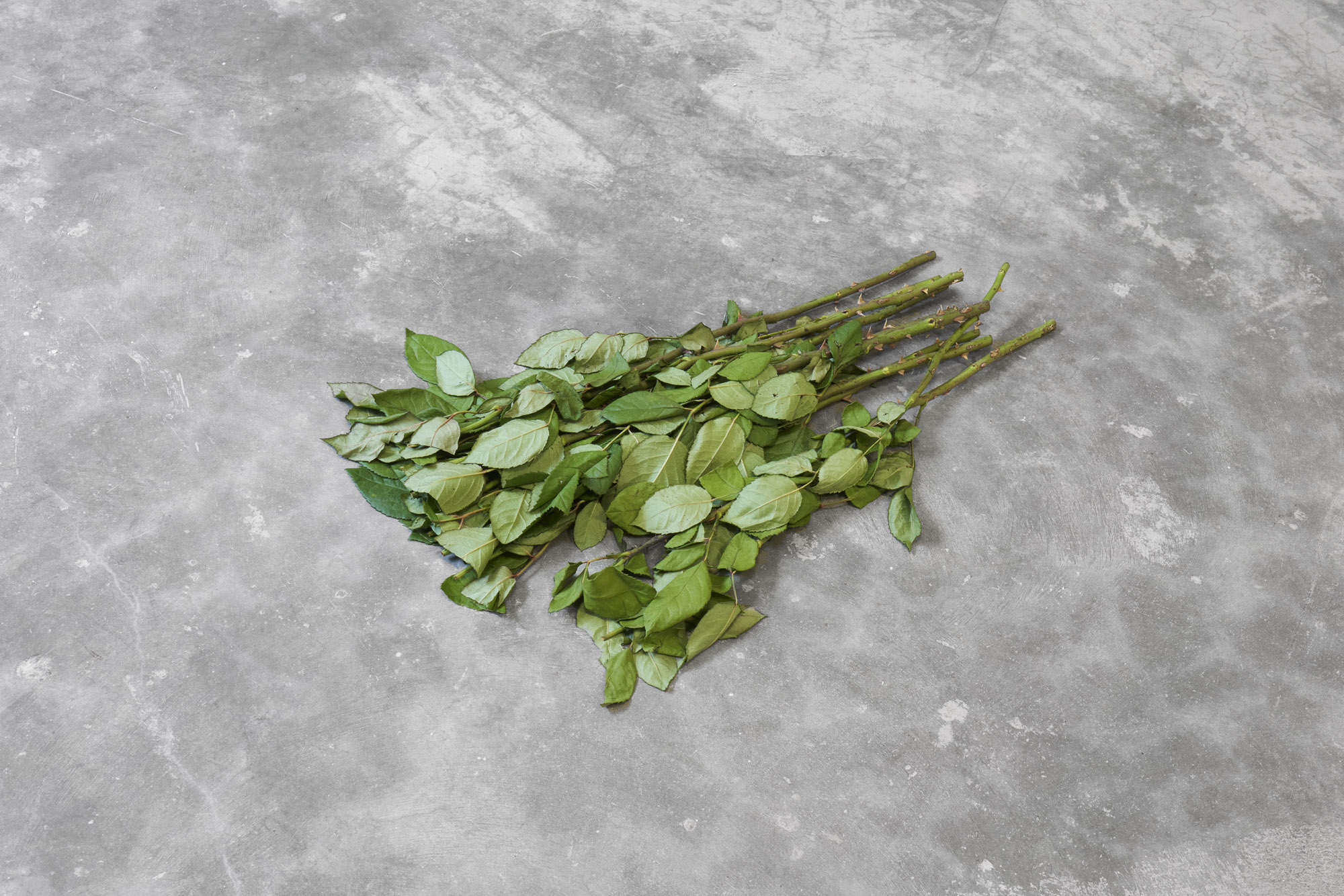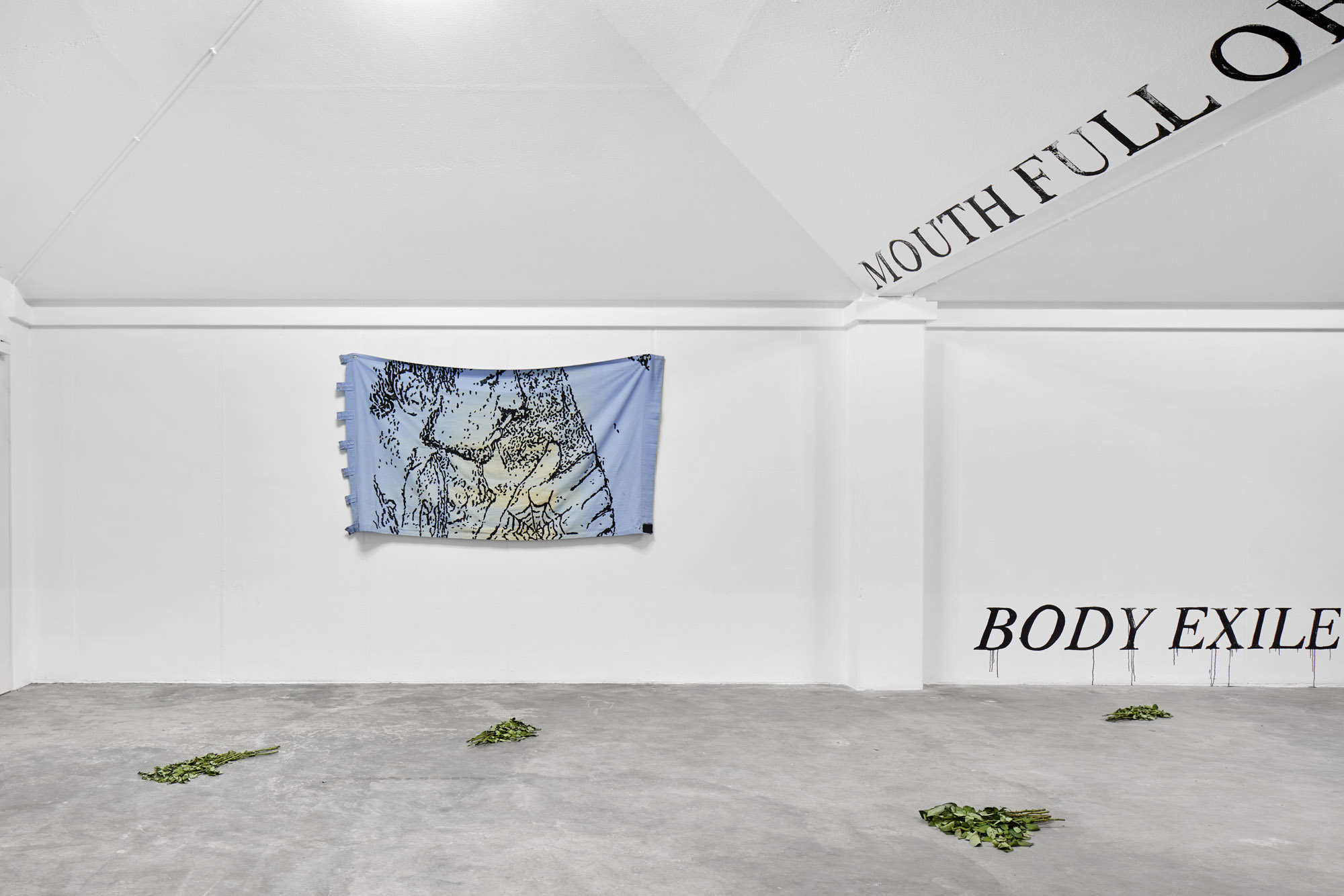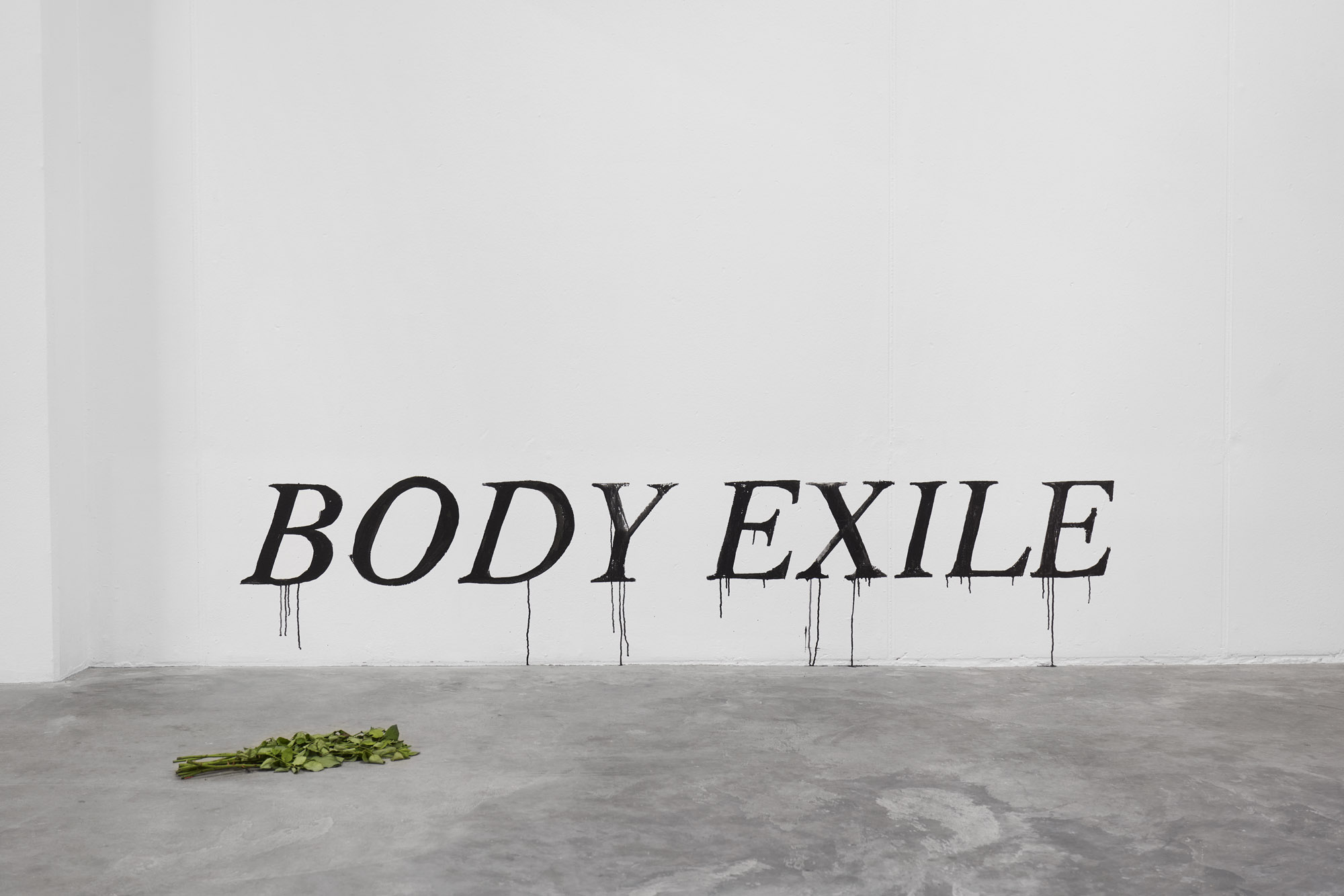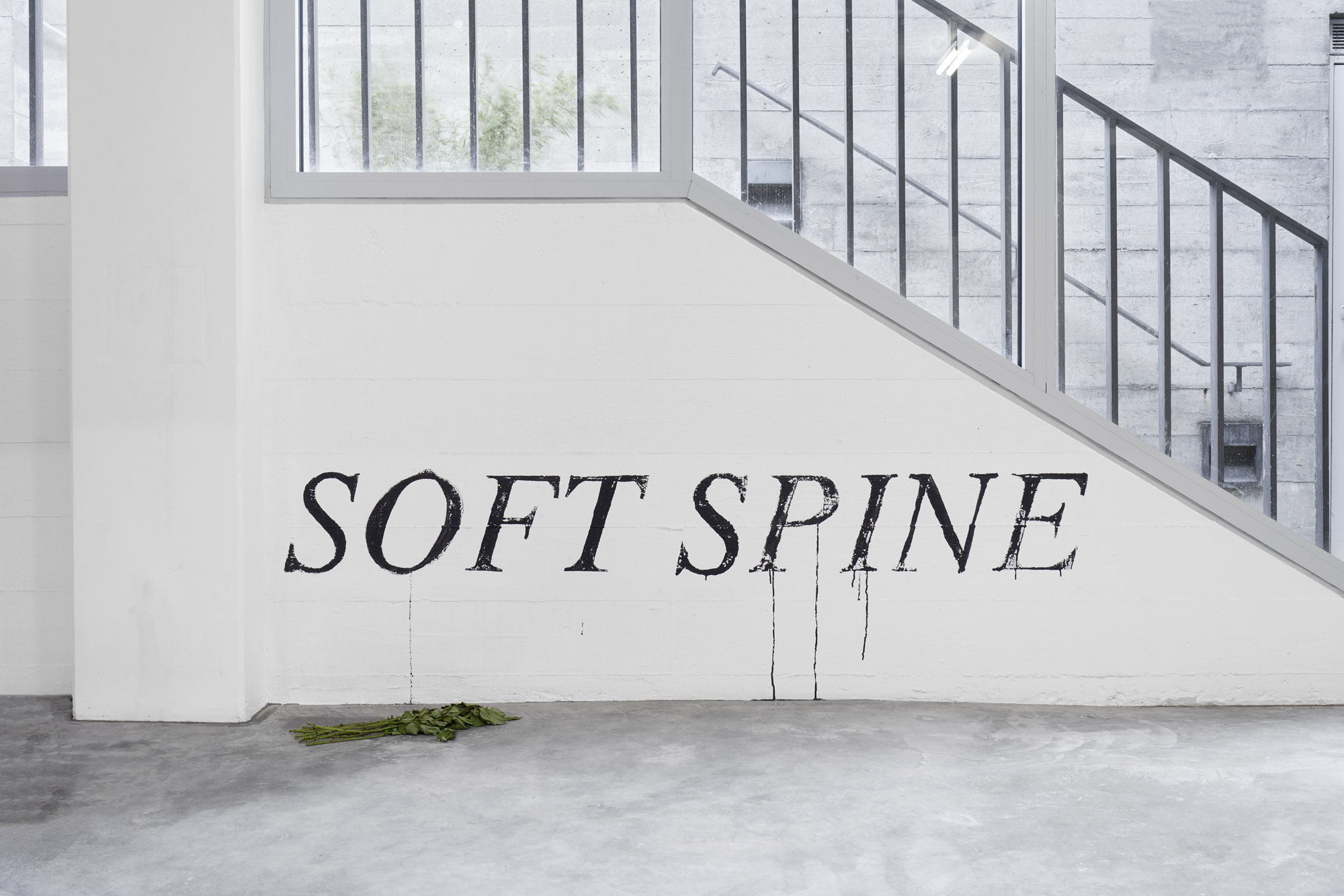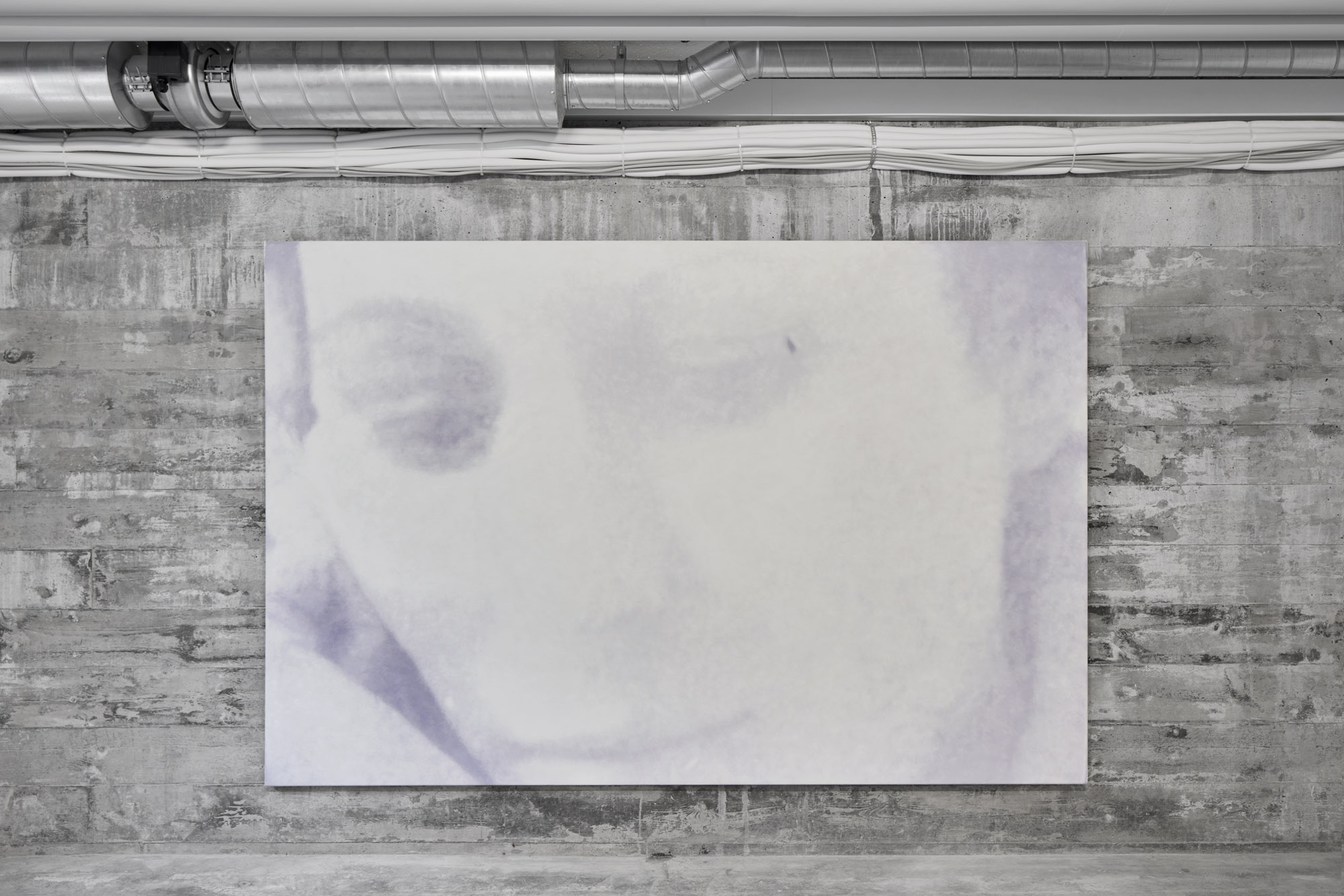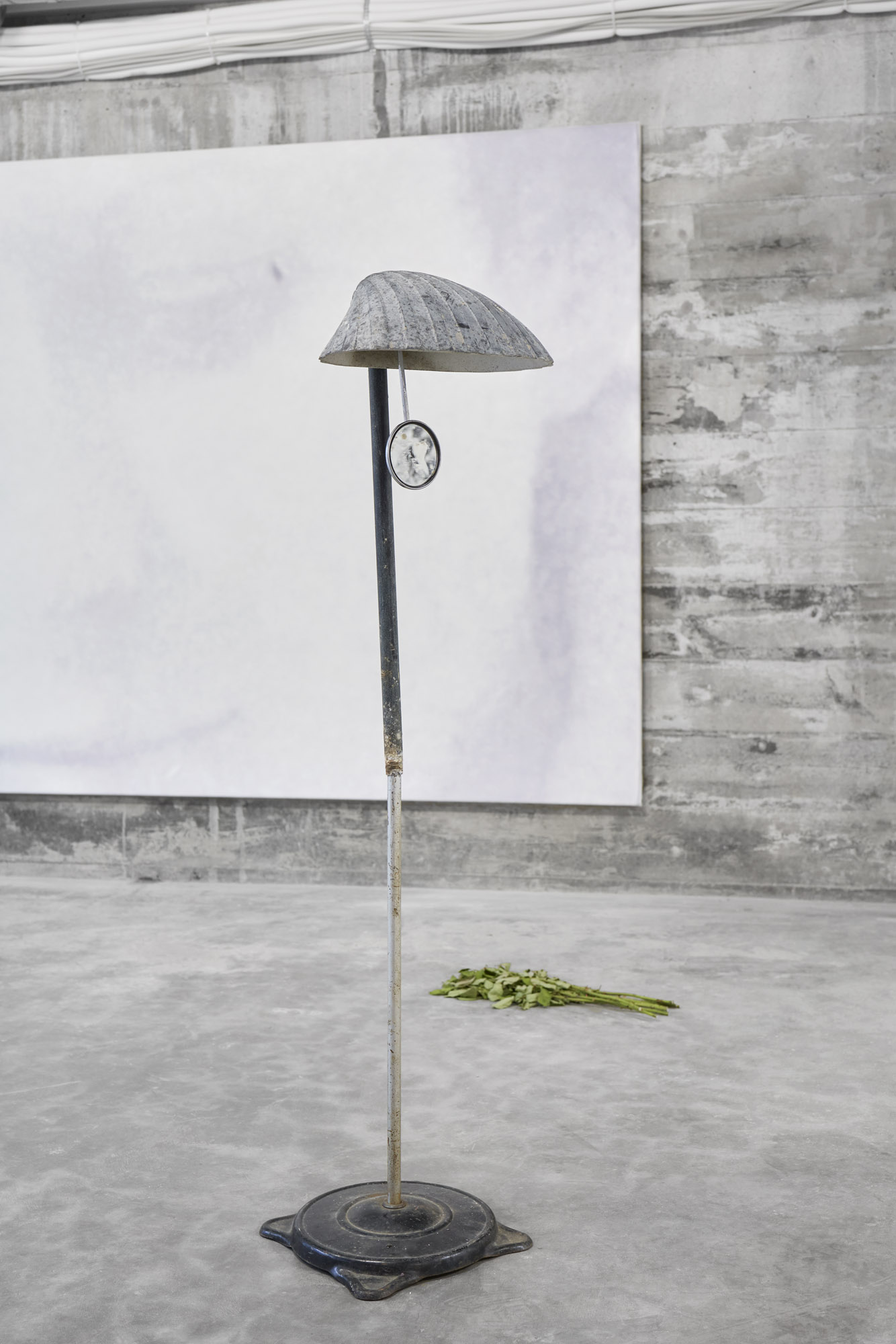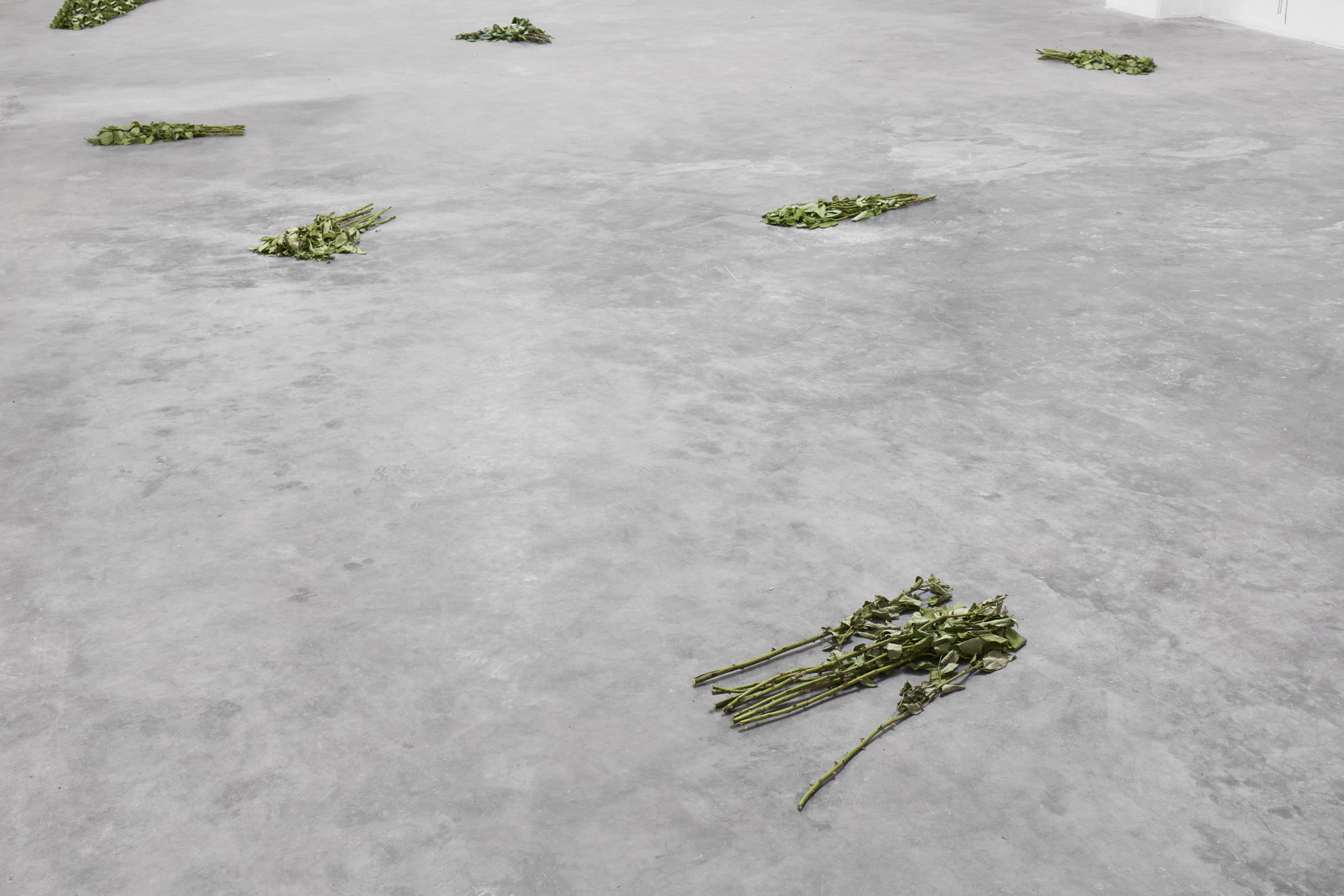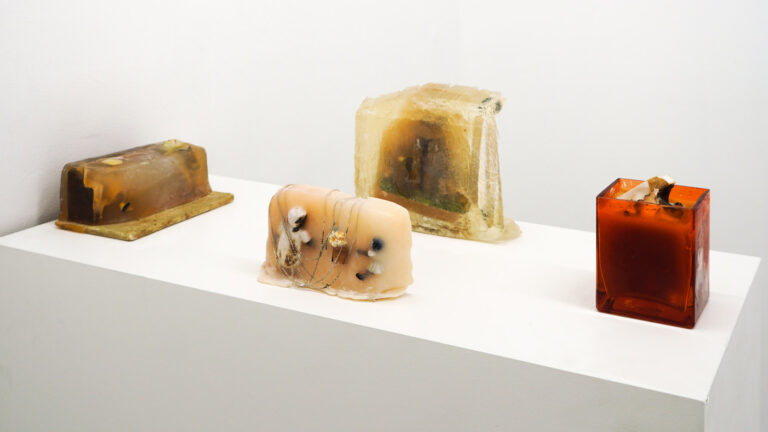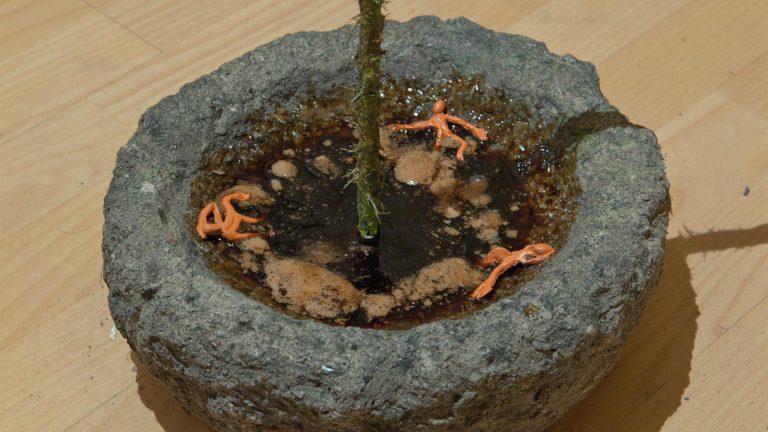Artists: Bri Williams and John Garcia
Exhibition title: Sweet Dreams
Venue: Simian, Copenhagen, Denmark
Date: November 19, 2022 – January 15, 2023
Photography: GRAYSC / All images copyright and courtesy of the artists and Simian, Copenhagen
Note: Exhibition booklet is available here
Sweet Dreams
I am the specter of the rose
That you wore to the ball last night – Théophile Gautier (1841
[T]hrough the open window the spirit of the rose leaps in a high, smooth trajectory to stand poised behind the girl’s chair. He dances as the girl sleeps, moving about the room effortlessly, seeming to touch the floor almost against his will, dancing with the lightness of the rose petals that adorn his body.
He touches the girl, and now–awake in her dream–she dances with him. When the two dance together to the soaring waltz, the young girl moves with the grace of the spirit she has invoked; as they glide and leap about the room, their dance is absolutely continuous, never-ending, unbroken in its flow of movement into movement […] — George Balanchine’s retelling of “Le Spectre de la Rose,” a ballet in one act, from Complete Stories of the Great Ballets (1977)
In the ballet “Le Specter de la Rose,” we enter the bedroom of a girl who falls in love with a rose that animates itself in the night to dance with her in her dreams. Entwining herself in its limbs and petals, she is in love with love. Ballet dancer Vaslav Nijinsky, who performed as the rose in the premiere of “Le Specter de la Rose” in 1911, later wrote in his diary “I will pretend to be a clown, because then they will understand me better. I love Shakespeare’s clowns—they have a lot of humor, but nevertheless they express hate, they are not from God. I am a clown of God, and therefore like joking. I mean that a clown is all right when he expresses love. A clown without love is not from God.” Through performance Nijinsky sees himself as a conduit of love, a vessel of God. Yet his meditations on performance, love, and God suggest that there is little difference between dancer and clown. An ancient form of performance art, the clown is a character literally destroying himself to make the audience laugh.
“Paint the roses red” sing the cards in Alice in Wonderland as they hurriedly splash paint onto a rose tree. “Would you tell me,” asks Alice, a little timidly, “why are you painting those roses?”
Five and Seven say nothing, but look at Two, who begins in a low voice, “Why the fact is, you see, Miss, this here ought to have been a red rose-tree, and we put a white one in by mistake; and if the Queen was to find it out, we should all have our heads cut off, you know. So you see, Miss, we’re doing our best, afore she comes, to—” At this moment Five, who had been anxiously looking across the garden, calls out “The Queen! The Queen!” and the three gardeners throw themselves flat upon their faces in fear and deference. The cards with their clown noses and exaggerated smiles are gardeners tasked with fabricating the red hued roses that the Queen of Hearts not merely desires but requires. Their labor is that of maintaining the illusion of the red rose. When the illusion is ruptured, the punishment is death by guillotine.
“I love you” is a call and response—a transaction of words that asks for just as much as it gives. It is our attempt to trap love in language as though to stabilize it in a chemical solution—like a rose preserved in a climate-controlled factory awaiting a Valentine’s Day intercontinental shipment. Entire movies climax at “I love you” as though the utterance of those words is a conclusion. That an “I Love You” on Tuesday is the same as an “I Love You” two months from now. The effort to have and to hold [in one place] is the problematic of love itself in both its aims and downfalls. Feminist scholar and Sisseton-Wahpeton Oyate citizen Dr. Kim TallBear laments the settler colonial and capitalist structures through which we filter love and intimate relations. “I cannot have faith in scarcity” she writes. “Not so strange then that I decline to hoard love and another’s body for myself?”
How does an impulse towards consumption and ownership shape our desire? Our ways of loving? Does a fixation on romantic love come at the cost of cultivating more expansive networks of care and intimacy? Is romantic love a play within a play—a performance in the private intimate sphere that emulates representations of love that inundate us from the public sphere? To not see the particular struggles of the dancer, the clown, or the rose factory worker toward perfection is to obfuscate the labor that it takes to sustain the social institution of love and its symbols.
But there is nonetheless beauty in rituals of repetition, performance, maintenance. Love is a looping back to a person—lover or friend—to renew the bind between ever-changing beings. Roland Barthes (1977) writes that “[the declaration of love], though I repeat and rehearse it day by day through the course of time, will somehow recover, each time I utter it, a new state.” This constant upkeep and renewal is not a rose, cut from its bush, sent across the sea. It is a forest, a living biome, growing, decaying, many parts speaking to each other, holding the entirety together.
-By Bruno Smith and Jessica Slattery
Bri Williams and John Garcia, Sweet Dreams, 2022, exhibition view, Simian, Copenhagen
Bri Williams and John Garcia, Sweet Dreams, 2022, exhibition view, Simian, Copenhagen
Bri Williams and John Garcia, Cut Stems, Roses, 2022
Bri Williams, Untitled, Paint, sheet, 2022
Bri Williams, Unity, Paint, curtain, 2022
Bri Williams, Untitled, Paint, bed cover, 2022
Bri Williams and John Garcia, Sweet Dreams, 2022, exhibition view, Simian, Copenhagen
John Garcia, Red Room Too, Oil, canvas, 2022
Bri Williams and John Garcia, Sweet Dreams, 2022, exhibition view, Simian, Copenhagen
Bri Williams, Angel street, Paint, curtain, 2022
John Garcia, Body Exile, Paint on wall, 2022
Bri Williams and John Garcia, Sweet Dreams, 2022, exhibition view, Simian, Copenhagen
Bri Williams, Soft spine, Paint, curtain, 2022
John Garcia, Loss Again, Paint on wall, 2022
John Garcia, Dana (Paris, Finland, Turkey, Spain), Ink on paper, 2022
Bri Williams and John Garcia, Sweet Dreams, 2022, exhibition view, Simian, Copenhagen
John Garcia, Soft Spine, Paint on wall, 2022
Bri Williams and John Garcia, Sweet Dreams, 2022, exhibition view, Simian, Copenhagen
Bri Williams, Easy light, Lamp fixture, light bulb, foam, spray paint, 2022
Bri Williams and John Garcia, Sweet Dreams, 2022, exhibition view, Simian, Copenhagen
John Garcia, Zero Vision Again, Oil, canvas, 2018
Bri Williams, Under, Outdoor lamp, bicycle mirror, birdcage fixture, wax, 2022
Bri Williams and John Garcia, Sweet Dreams, 2022, exhibition view, Simian, Copenhagen


